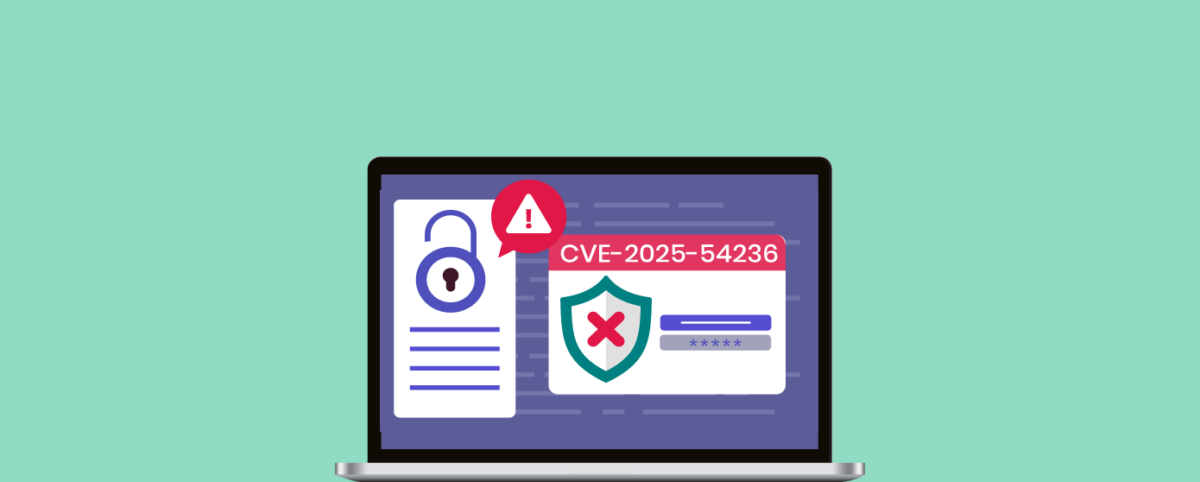Single Point of Failure: Why SaaS Security Vendors Need to Focus on Designing for Continuity
Executive Summary :
- A single failure can bring down multiple interconnected services
- The recent Cloudflare outage highlighted the fragility of core dependencies
- Designing for continuity, not just availability, is critical
What Happened on June 12, 2025
At 2:46 p.m. EDT, Cloudflare reported intermittent failures across a range of its services, including:
- Workers KV (critical for configuration and authentication)
- WARP, Access, Gateway, Workers AI, Stream, Zaraz, and more
- Parts of the Cloudflare Dashboard
The outage lasted 2 hours and 28 minutes, affecting all global customers using these services.
The Hidden Risk: One Failure, Global Impact
The root cause was a failure in the storage infrastructure supporting Workers KV, a critical dependency for many Cloudflare products. This infrastructure relied on a third-party cloud provider, whose own outage cascaded into Cloudflare’s ecosystem.
The incident revealed how deeply interconnected modern cloud architectures have become. When a single underlying dependency fails, it can ripple across multiple services and customers.
This is the classic case of a single point of failure causing global disruption, and it reinforces a hard truth: availability alone is not enough. SaaS providers must design systems that can withstand unexpected failures without taking everything down with them.
Designing for continuity means planning for failure and ensuring that systems degrade gracefully rather than collapse entirely. It involves distributed decision-making, localized failovers, smart routing, and fallback options that can kick in instantly. Resilience must be architected into every component of the stack.
At Indusface, continuity is a core design principle. Our AppTrana WAAP platform is designed to handle worst-case scenarios without interrupting protection for our customers. In the event of any core system unavailability, our platform can switch to an independent, isolated environment automatically. This switch is controlled at a granular level, whether it is a specific customer asset, a region, or the entire system. Additionally, customers have the flexibility to choose between fail-open or fail-close models, depending on their security and availability needs.
Our systems are built to limit the blast radius of any disruption. Multiple fail-safes and fallback mechanisms are embedded at each layer of our architecture. As a result, we can confidently provide uninterrupted service and a 100 percent availability guarantee, even in the face of infrastructure failures.
The Cloudflare incident is a reminder that even the most advanced platforms can experience downtime when continuity is not embedded deep into system design. It is not just about redundancy or backups. It is about building systems that expect things to go wrong and are ready to recover instantly.
Business continuity is not solely the responsibility of cloud vendors or software providers. It must be a shared mindset between technology partners and customers. Together, they must understand their risk exposure and invest in architectural decisions that reduce the impact of inevitable outages.
Lessons in Continuity
This outage could have been prevented on two fronts. First, if the affected software had been designed with a fallback mechanism such as a plan B in case the primary update failed. Second, if businesses using these services had implemented their own continuity strategies with backup systems to handle outages on their primary infrastructure.
The responsibility of business continuity lies not just with software vendors but equally with the businesses that rely on these platforms. Both sides must architect their systems with resilience in mind.
We stand in solidarity with our tech community and are ready to help our customers and the broader ecosystem in any way we can. As the world recovers from this unexpected disruption, we urge organizations and vendors to reassess their infrastructure and make continuity a first-class priority, because things that can fail will eventually fail.
Stay tuned for more relevant and interesting security articles. Follow Indusface on Facebook, Twitter, and LinkedIn.

 June 17, 2025
June 17, 2025






